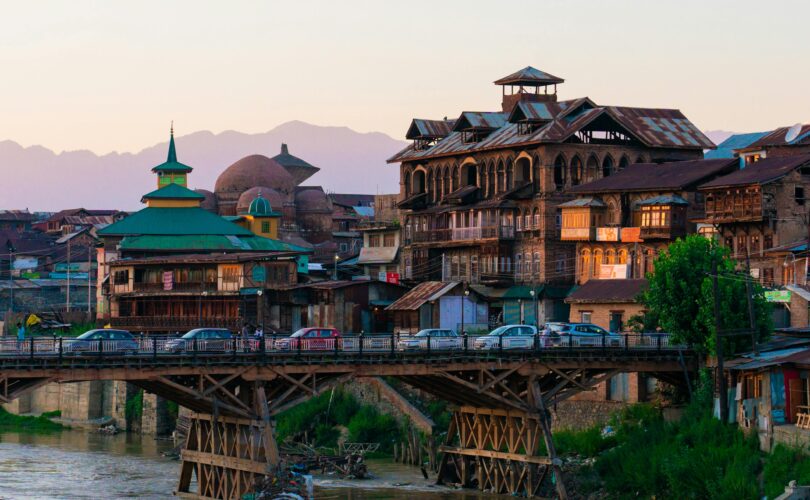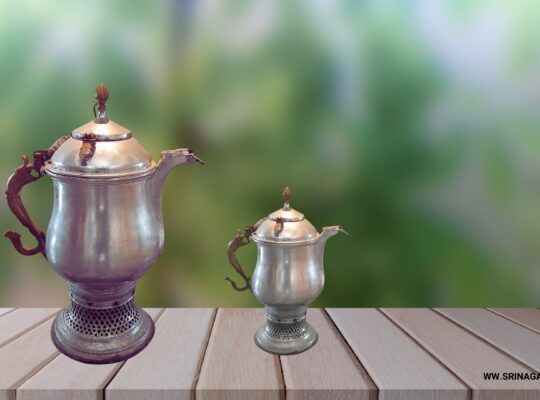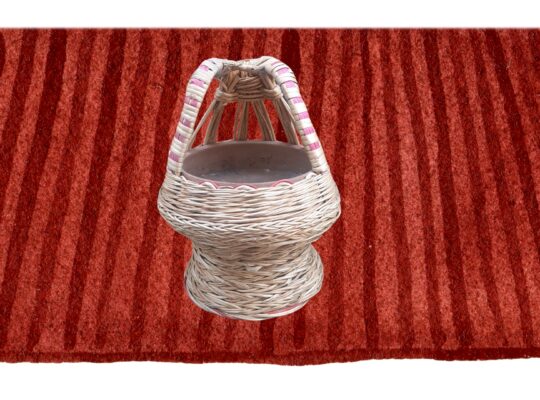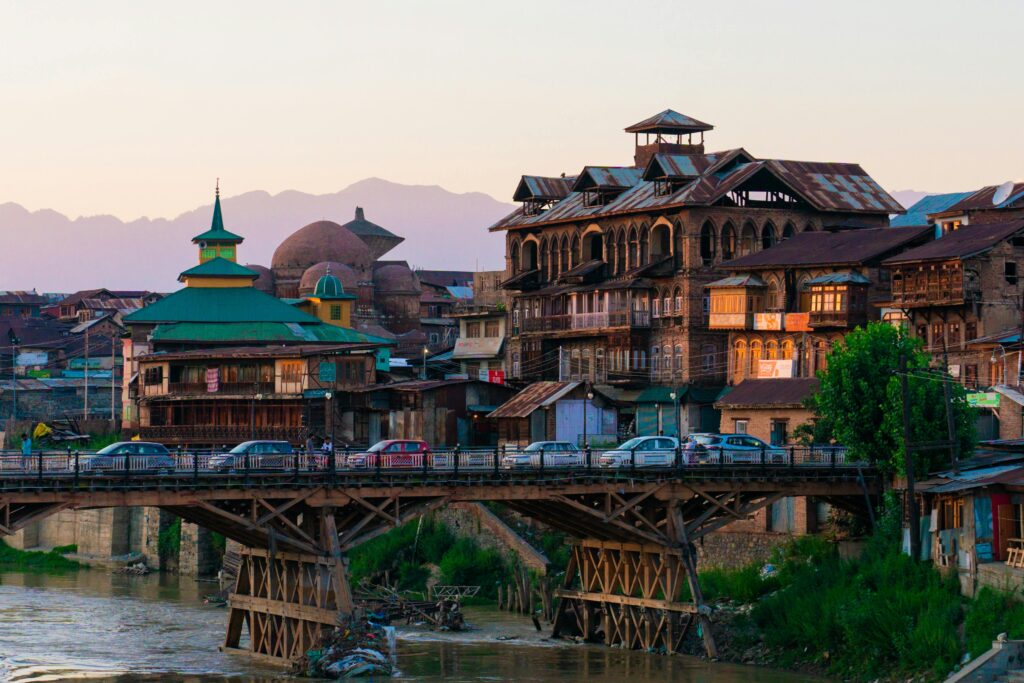
Introduction to Srinagar
Srinagar, the picturesque capital of Jammu and Kashmir, holds a rich tapestry of history dating back millennia. From its ancient origins to its modern-day charm, the city has witnessed the ebb and flow of empires, cultures, and traditions. Let’s embark on a journey through time to explore the captivating history of Srinagar.
Nestled in the breathtaking Kashmir Valley, Srinagar is renowned for its scenic beauty, serene lakes, and lush gardens. Its strategic location at the confluence of the Jhelum River and the Dal Lake has made it a coveted destination throughout history.
Early History of Srinagar
Ancient Origins
The history of Srinagar can be traced back to ancient times when it was known as “Srinagari.” Archaeological excavations have revealed evidence of human settlements in the region dating back to the Neolithic period.
Rise of Hindu Rule
During the Hindu rule, Srinagar emerged as a significant center of Shaivism and Buddhism. The reign of King Ashoka saw the spread of Buddhism in the region, leaving behind numerous stupas and monasteries.
Muslim Influence
The arrival of Islam in the 14th century brought a new chapter in the history of Srinagar. The establishment of Muslim rule ushered in a period of cultural renaissance, with the construction of magnificent mosques and Islamic architecture.
Medieval Period
Sultanate Rule
The medieval period saw Srinagar under the rule of various Sultanates, including the Shah Mir dynasty and the Chak dynasty. These rulers left an indelible mark on the city’s culture and administration.
Mughal Era
The Mughal era marked a golden age for Srinagar, with emperors like Akbar and Jahangir lavishing attention on the city. The exquisite gardens, such as Shalimar Bagh and Nishat Bagh, are a testament to their love for aesthetics.
Colonial Influence
Arrival of the British
With the decline of the Mughal Empire, Srinagar came under the influence of the British East India Company. The signing of the Treaty of Amritsar in 1846 formalized British suzerainty over Kashmir, paving the way for colonial rule.
Impact of Colonialism
Colonialism brought significant changes to Srinagar, including the introduction of modern infrastructure and administrative reforms. However, it also led to socio-economic disparities and political unrest in the region.
Modern Srinagar
Post-Independence Era
Following India’s independence in 1947, Srinagar became part of the newly formed state of Jammu and Kashmir.
Cultural Heritage of Srinagar
Art and Architecture
Srinagar boasts a rich cultural heritage, reflected in its exquisite handicrafts, traditional music, and distinctive architecture. The intricate woodwork, papier-mâché artifacts, and vibrant Kashmiri rugs are a testament to the city’s artistic legacy.
Music and Literature
The soulful strains of Sufi music and the timeless verses of Kashmiri poets have long captivated visitors to Srinagar. The city’s literary tradition, encompassing works in Urdu, Persian, and Kashmiri languages, continues to thrive.
Tourism in Srinagar
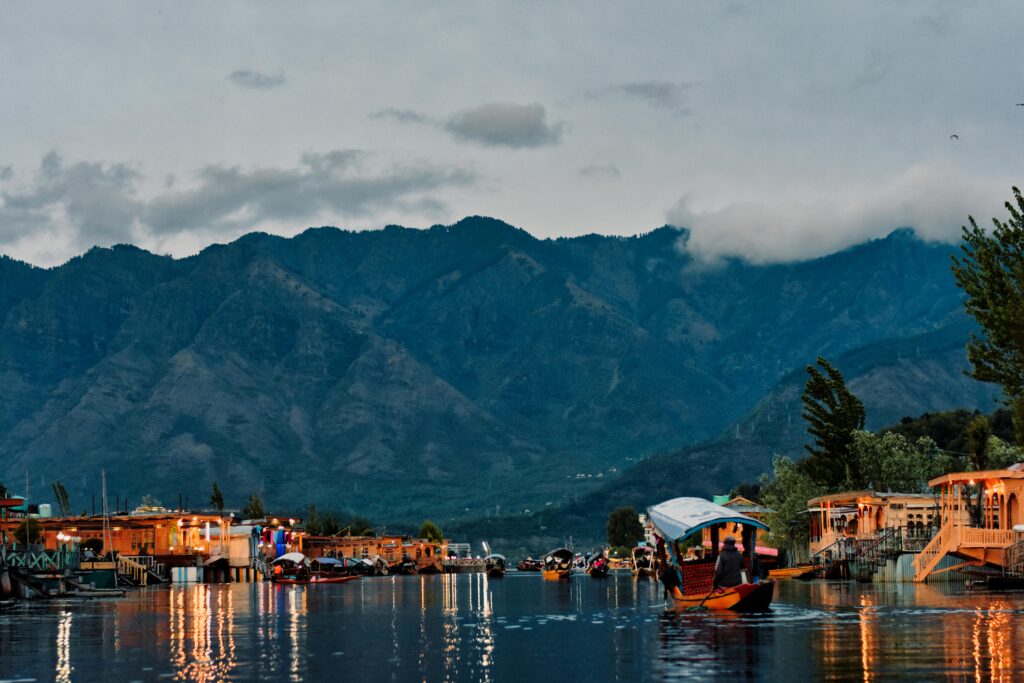
Natural Beauty
Srinagar’s scenic beauty is unparalleled, with snow-capped mountains, verdant valleys, and crystal-clear lakes enchanting visitors year-round. The Mughal Gardens, Pari Mahal, and Shankaracharya Temple offer glimpses of the city’s natural splendor.
Religious Sites
The city is also home to a plethora of religious sites, including the revered Hazratbal Shrine, Shankaracharya Temple, and Jama Masjid. These sacred landmarks attract pilgrims and devotees from far and wide.
Houseboats and Dal Lake
No visit to Srinagar is complete without experiencing the iconic houseboats floating on the tranquil waters of Dal Lake. These intricately crafted vessels offer a unique opportunity to immerse oneself in the city’s timeless charm.
Conclusion
In conclusion, the history of Srinagar is a fascinating tapestry woven with threads of ancient civilizations, medieval dynasties, and colonial legacies. Despite its tumultuous past and present challenges, the city continues to enchant visitors with its unparalleled beauty and cultural richness.
The information provided on this blog ” www.srinagarchronicles” is for general informational purposes only and should not be considered as professional advice. We do not guarantee the accuracy, completeness, or reliability of any information on this blog. Any action you take upon the information presented on this blog is strictly at your own risk. We are not liable for any losses or damages in connection with the use of this blog.

